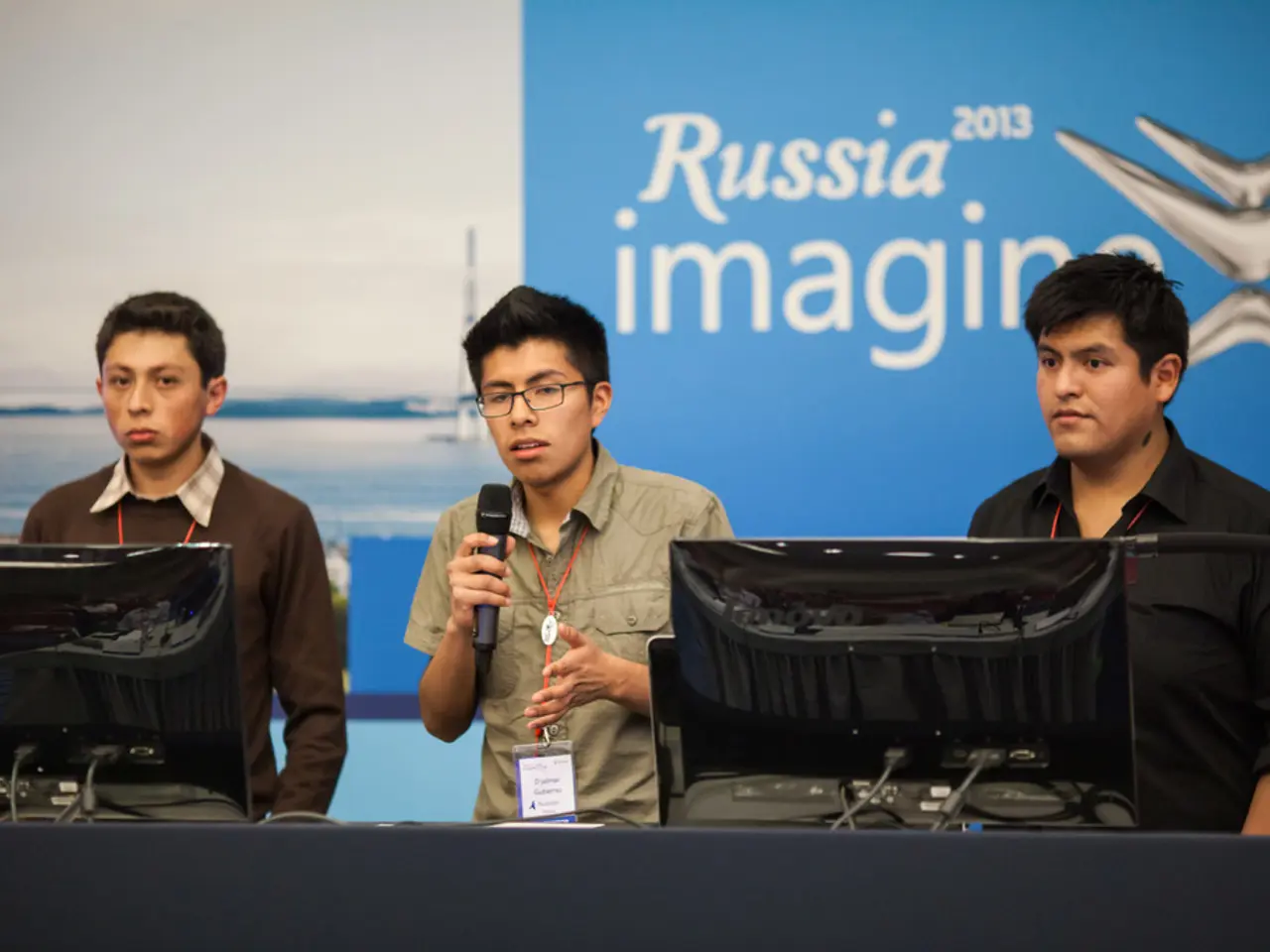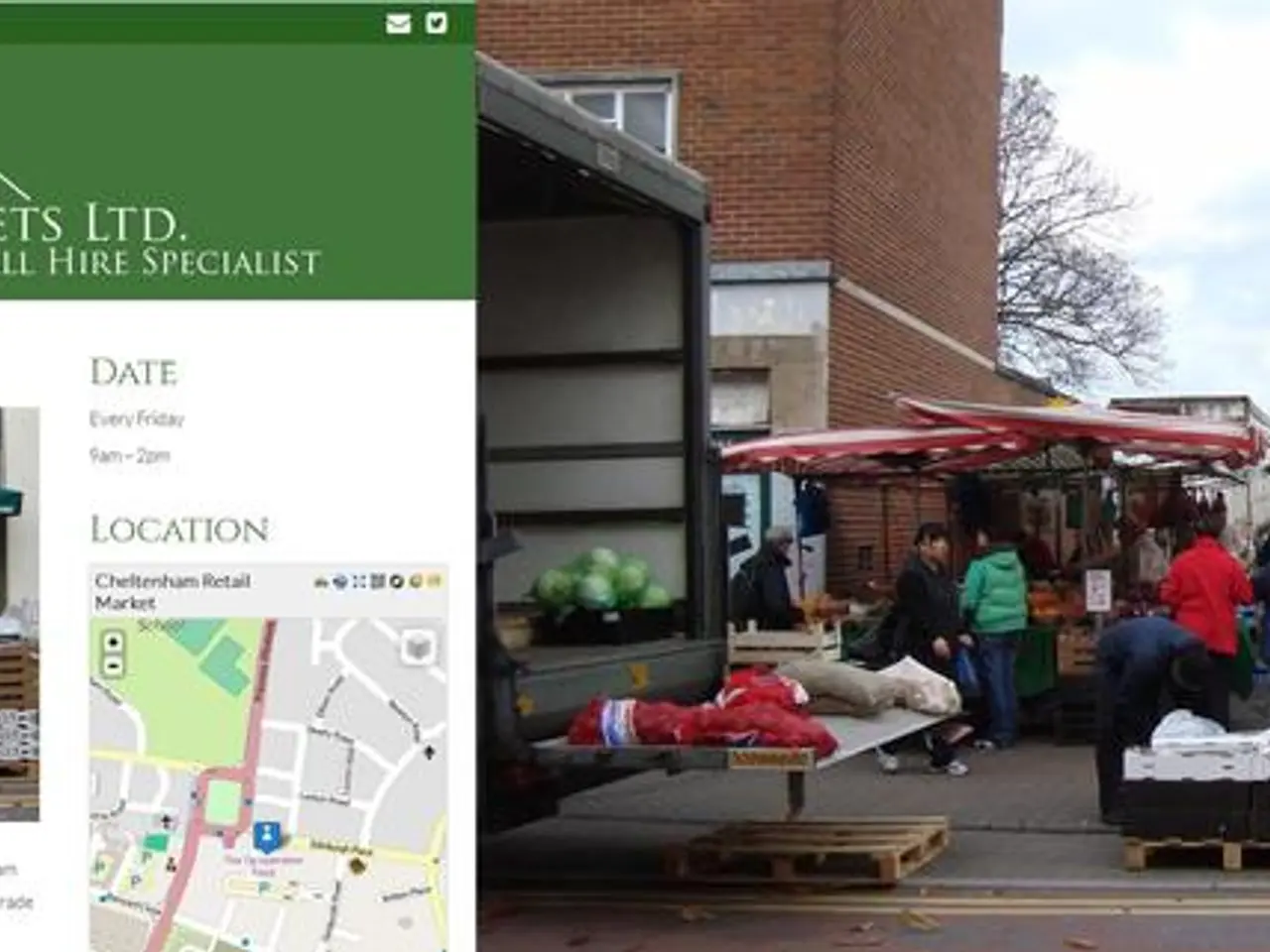Marine accidents: Human or technological error?
## Navigating the Seas Safely: A Look at Current Regulations and Technologies
Ensuring the safety of navigation at sea is a priority for international and national regulations, blending traditional methods with modern electronic and digital technologies. Here's a rundown of key aspects and updates:
### International Maritime Organization (IMO) Regulations
1. **SOLAS Amendments**: The International Maritime Organization (IMO) has been revising the Safety of Life at Sea (SOLAS) Convention to strengthen safety measures. Recent modifications include enhancements to pilot transfer arrangements and the adoption of new Performance Standards under Chapter V[1].
2. **Seafarer Training**: The IMO has introduced guidelines for seafarers to train on alternative fuels and new technologies, ensuring they are adept at handling contemporary navigation systems[1].
### Use of Electronic Charts and Digital Navigational Aids
1. **Electronic Charts**: Electronic charts, such as NOAA's ENCs, are essential for navigation. They offer crucial information about a vessel's position and track, enabling safer passage through hazardous areas[2]. These charts are accessible for free and are updated regularly to maintain accuracy and compliance with navigation standards[2].
2. **ECDIS Requirements**: Electronic Chart Display and Information Systems (ECDIS) are mandatory for SOLAS-compliant vessels. These systems integrate electronic charts with other navigation aids like radar and AIS to boost situational awareness and safety[2].
3. **Automatic Identification System (AIS)**: AIS is used to transmit a vessel's position and other relevant data. It is a vital component in modern navigation, aiding in collision avoidance and improving situational awareness[2].
### Compliance and Updates
1. **ISM Code**: The International Safety Management (ISM) Code, part of the SOLAS Convention, ensures companies manage ship operations safely and prevent environmental damage. This code is mandatory for commercially operating passenger and cargo ships over 500 gross tons engaging in international voyages[3].
2. **Chart Updates**: Regular updates to nautical charts are essential for maintaining safety. Charts must be kept current to reflect changes in navigation aids and natural or artificial features[2].
### Flag State Control
The state in which a ship is registered is known as the Flag State. The national maritime administration representing the Flag State is responsible for controlling the ship's adherence to SOLAS carriage requirements (Flag State control)[4].
### Future Developments
The IMO continues to evolve regulations to support emerging technologies and safety innovations. The recent MSC 110 meeting addressed potential barriers to new technologies, such as alternative fuels, to ensure they align with safety standards while reducing environmental impact[1].
- The MAIB is using the findings of this report as part of a safety study investigating the use of modern electronic navigation aids on board merchant vessels and their impact on navigation practices.
[1] https://www.imo.org/en/OurWork/Safety/SOLAS/Pages/SOLAS-Chapter-V.aspx [2] https://www.navcen.uscg.gov/ENC/ [3] https://www.maritime-executive.com/article/the-ism-code-explained [4] https://www.maritime-executive.com/article/flag-state-control-an-overview
Safety of navigation at sea is bolstered by the adoption of modern electronic and digital technologies, as seen in the use of Electronic Chart Display and Information Systems (ECDIS) and the Automatic Identification System (AIS) on SOLAS-compliant vessels. To ensure seafarers are adept at handling these contemporary navigation systems, the International Maritime Organization (IMO) has introduced guidelines for training on alternative fuels and new technologies.




